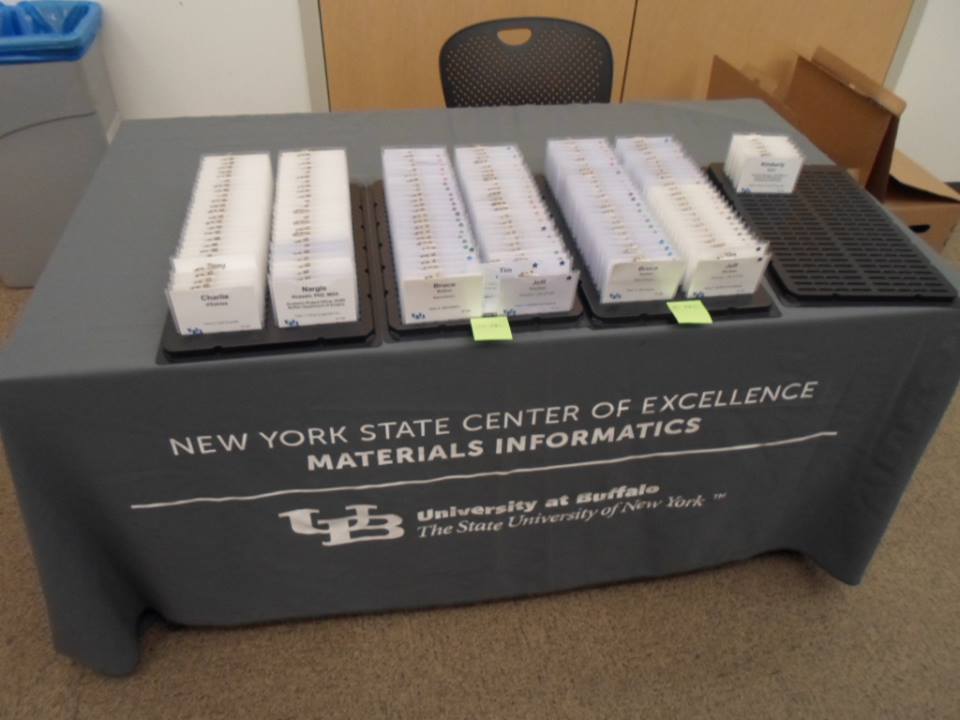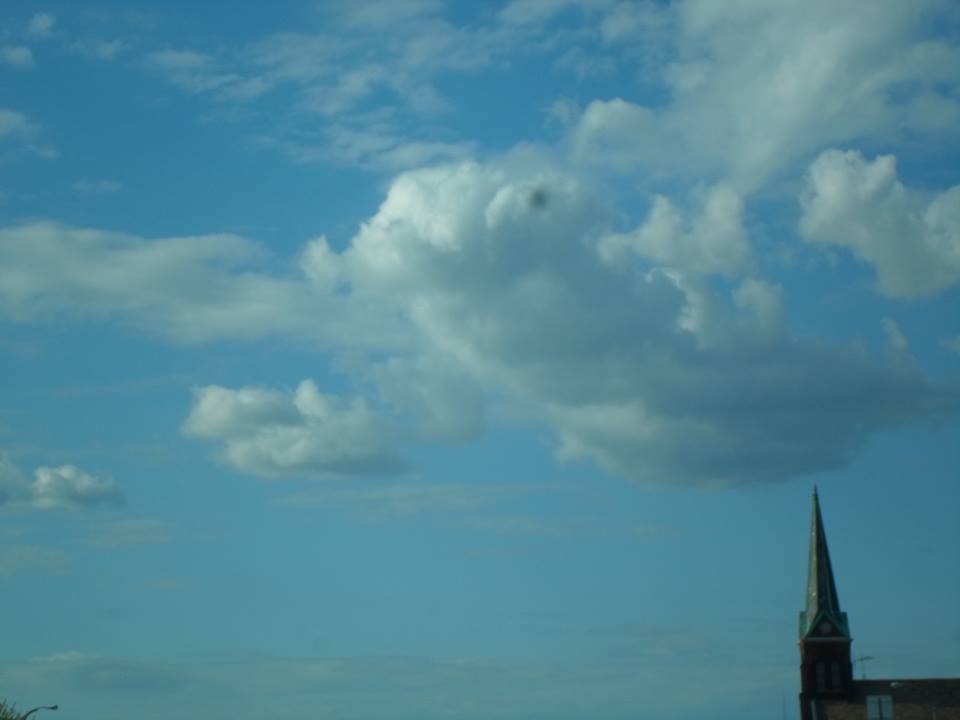https://platform.twitter.com/widgets.jsExcited to share that almost 200,000 Indian students chose the United States as their higher education destination in the 2021-22 academic year, a 19% increase over the previous year. #StudyInTheUS #OpenDoorsReport #OpenForOpportunity #IEW2022 https://t.co/edELVsrYSH pic.twitter.com/UYlpULoKSI
— U.S. Embassy India (@USAndIndia) November 14, 2022
Study after the times of Covid
OpenDoors Report is probably the only data to fall back on the close enough numbers on the international student enrollment in the USA. This is supposed to be a record breaking year for the US Embassy. Some people also commented on how and why middle class is sending students to the USA, despite the history of visa difficulty for working visa population based on the Great Backlog. Yes, everything in this country is great.
A few Indian challenges
I would defer to what my ex-supervisor said. I was in two minds to go or no go to the USA when it was my turn. I had already spend fair deal of money back in the United States of India on education, burned through some savings and achieved two degrees and a post graduate diploma. And still struggling for a proper foothold in core engineering jobs viz electrical, mechanical, civil engineering. The entry criteria for all the public sector undertaking (PSU) jobs had changed to GATE, now you need to crack GATE to get into PSU, and that graduating from an accredited university does not guarantee getting through the GATE exam. No wonder it is so competitive and exclusive. There are a few who are successful, but if you did not want to incur any gap in employment and then joined workforce, then studying for GATE becomes a bit harder. The flexibility and freedom is on our side, but the time is never, the clock keeps ticking. I have known various yet unknown places in the country of India by attempting different types of examinations for entrance into public sector undertaking jobs, bank jobs, and so on. It is a journey on its own and takes a character far away from actual engineering. It would remind someone of the initial entrance examinations that we go through to get the Bachelors in engineering in the first place. It was interesting and funny to pose one such GATE electronics circuits problem to a senior scientist at the place I was working, he had a Masters in Engineering already and a working professional. But he got to answer it incorrectly. This proves how useful GATE as an examination is. My advisor, said even if he could not make it big in the land of the states of the Americas, he would still encourage me to go and have that experience.
The challenges for students is not in getting a degree from the USA. There are not many Americans who attend colleges. Like many practical minded population they understand that education can do so much but money trumps, and there are paths of lesser resistance available to them, like associates degree, vocational training and so on. The challenge may actually lie elsewhere. The current population estimate of India is very close to being number one in the world. Statistics is a nice way to look at this. An eye opening map for the global India is given by Xavi’s tweet.
https://platform.twitter.com/widgets.jsThe population of India’s states compared with countries.
— Xavi Ruiz (@xruiztru) December 31, 2022
🇮🇳 India is on track to become the most populous country in the world in 2023! pic.twitter.com/3XId2a1a59
So if India is that big and populous, why is the demography not yielding its benefits, why is Tamil Nadu not Germany, why people want to go to Germany instead of Tamil Nadu? There is enough internal migration within India, the data for which is yet unknown.
How do we try to answer the student visa issued by US embassy in this context? Even with so many opportunities to study and work within India, the drive for the people to get educated, to migrate, to see, experience, learn and work with new and different cultures is only increasing. There is also a serious lack in the number of educational opportunities at par with the western standards. Despite having the most universities per country, beating out USA by a huge margin, India is yet to be known as a global educational hub, or one that gives education at par with the places that students flock to. So we have the quantity, and some quality, but overall still more kilometers to go.
Work Culture is one major understanding that comes through foreign work. Be it in another state or a country. Work is a beast, to be tamed. Work culture in India is different from Spain and is much different from the USA. To understand a different work culture and understand the shortcomings and benefits of being in home country is one benefit of immigration, this kind of economic immigration is facilitated by post study work permits in majority of the western world. This is a sample time period for the beneficiary and the employer, kind of like a date to understand each other and to see if this kind of relationship is sustainable in the long term. With good post study work permits such as that in Canada or in the USA for STEM degrees, a student visa holder is ability to get good Return on Investment in terms of cultural exchange and recover the student loan debt. It is not uncommon to have student debt in some countries like the USA, while may be surprise for yet another countries like Germany. Choosing a place of study, so as to transform into a post study worker to undertake such activities is incorporated into visa and study schemes in western world. At the same time, India does not have a culture of Internship, or a smooth transition from study to work. There is a GATE to be opened for a better future. This experience of endless entrance examinations leads to burn out and focusing on the means than the end. Coaching centers galore.
That brings in the relevance of Spadikam (1995) movie to this days.
So to answer the first question based on the tweet from US Embassy, who are all these student visa holders?
New students
There are fresh students in student visa in this pool. They fall into the category of people who want more experiences and cultural exchanges that we discussed before.
Change of status visas who needed to travel
There are some who are already in the USA in a different visa status, had to change to student status and then get a visa to re enter USA, the news does not say how many fresh F1 visas were issued vs how many are getting a renewal or a change of status and later a changed visa. This two pronged idea of status and visa may confuse a few people, the status is to be legally in the USA. The visa is only to enter the USA internationally. Several people lost jobs through out Covid times since 2019 onward, many lost jobs, many changed plans, many returned to India, many want to return to study or continue studies that was stopped earlier. This needs a visa if they were stuck in India and had to physically reach USA for continuation, completion and post study work.
Choices that we make, some we are forced to make
There are people who wanted to rejoin family, but do not see any pathways and visa and status that are viable other than a student visa. There are aged out children of H1B or other temporary visas, who reached age of 21 and need to hold their own visa status because they are legally not a dependent anymore. F1 visa is their only choice.
Should you come to the USA?
If you have valid reasons, and see benefits beyond the visa troubles and other limiting factors, do come. If you are on the fence, better to get matters sorted out before heading into the USA. If you have better options, better countries, that align with your interests, and ambitions closely, go with them. If you can’t make your own choices, someone or something else would make choices for you.






